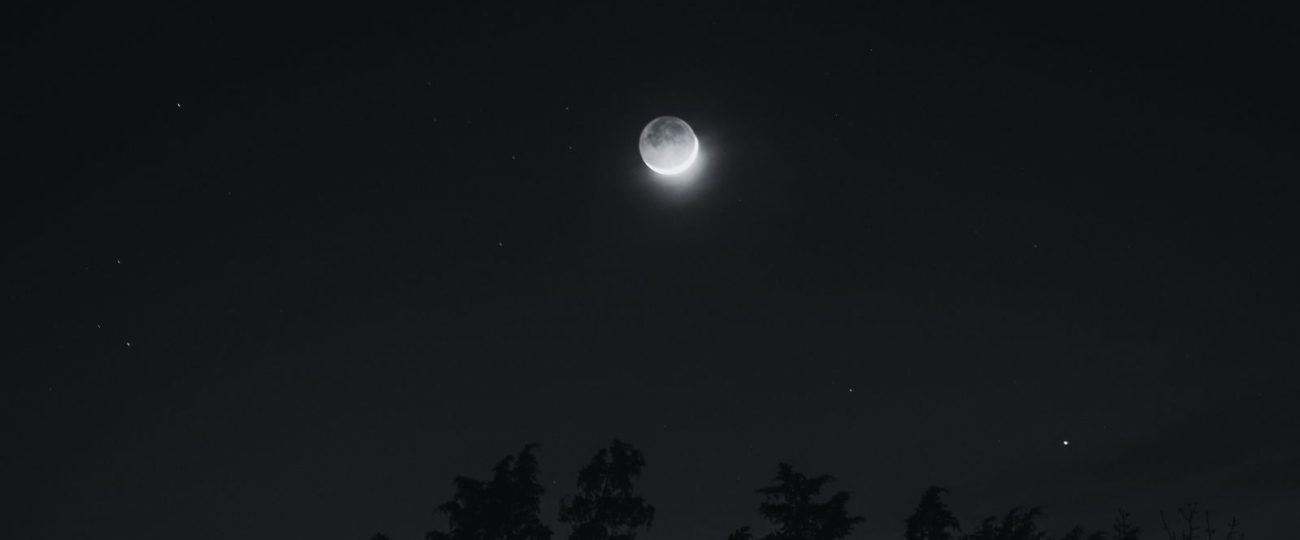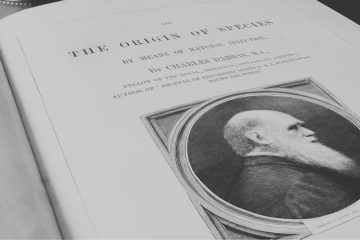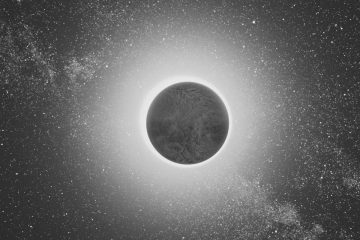What Happened On October 7th?
On October 7, 1959, the Soviet Union changed space exploration forever when the Luna 3 spacecraft transmitted the first images of the Moon’s far side. For centuries, the Moon’s far side had been a complete mystery, forever hidden from view due to its synchronous orbit. The images sent by Luna 3, although grainy, revealed this unseen part of the lunar surface and provided humanity with its first glimpse of a region never before observed by human eyes. The photographs uncovered a completely different landscape compared to the Moon’s near side and opened a new era of lunar studies.
Luna 3 relied on a film-based camera system, a complex method for photographing in space. Engineers had to ensure that the film could be developed aboard the spacecraft, a task requiring precision in the harsh environment of space. The spacecraft had to face extreme temperature fluctuations and exposure to radiation, yet Luna 3 managed to capture and transmit the historic images back to Earth on October 7, 1959.
When scientists finally received and processed the photographs, they were astonished by the images. Unlike the Moon’s near side, known for its vast, flat volcanic plains, the far side was rugged, dominated by craters and mountainous highlands. This contrast raised immediate questions about why the two sides had developed so differently. Researchers realized they had only begun to understand the Moon’s evolution, as the rugged terrain of the far side suggested that it had experienced a different set of geological forces compared to the more familiar near side.
Among the features revealed by the Luna 3 mission, Mare Moscoviense stood out as one of the few volcanic formations on the far side of the Moon. The presence of this volcanic plain in an otherwise heavily cratered landscape surprised researchers. They speculated that the far side of the Moon might have a much thicker crust, making it less prone to volcanic activity than the near side. This discovery forced scientists to reconsider earlier theories about the uniformity of lunar processes and inspired further study into the internal dynamics of the Moon.
The Luna 3 mission faced multiple challenges during its journey, almost leading to its failure. At one point, the spacecraft’s internal temperature rose to dangerous levels, threatening to destroy its delicate equipment. Soviet engineers quickly devised a solution, commanding Luna 3 to rotate in space to allow the excessive heat to dissipate. Their swift actions saved the mission, and Luna 3 went on to complete its mission, sending 29 images back to Earth that covered approximately 70% of the Moon’s far side. The ingenuity of the engineers ensured that the mission’s goal of photographing the far side was achieved, despite the near disaster.
The images returned by Luna 3 also revealed the far side’s crater density, far greater than that of the near side. This finding suggested that the far side might have been exposed to more intense bombardments from meteoroids, or that its surface preserved craters for longer periods, remaining unchanged by volcanic activity. The contrast between the heavily cratered far side and the relatively smooth volcanic plains of the near side offered new insight into the Moon’s geological history and raised new questions about the forces that shaped its surface.
The Luna 3 mission also demonstrated the Soviet Union’s growing expertise in space exploration. By successfully executing this complex mission, the Soviet Union solidified its dominance in the early Space Race. However, the Soviet government carefully controlled the release of the images. Only a limited number of photographs were made available to the global scientific community at first, which only added to the intrigue surrounding the mission. Despite the grainy nature of the images, they still provided enough detail to fuel excitement and anticipation for further space exploration.
The Luna 3 images prompted scientists to rethink many of their ideas about the Moon’s evolution. The differences between the near and far sides of the Moon led researchers to hypothesize that Earth’s gravitational pull may have played a significant role in shaping the near side. This force could have caused the near side’s crust to thin, making it more susceptible to volcanic activity, while the far side, with its thicker crust, remained relatively untouched by such processes. These ideas sparked new theories about the Moon’s asymmetric development.
The scientific impact of Luna 3’s data set the stage for future lunar missions. The information it provided about the far side guided the planning of future spacecraft and eventually paved the way for manned missions to the Moon. By revealing previously unknown regions, the Luna 3 mission allowed scientists to map the lunar surface with greater precision. These advancements contributed to the success of subsequent missions, including the Apollo program, which would later land humans on the Moon’s surface.
The Luna 3 mission also showcased the advanced technological capabilities of Soviet engineers. At one critical point, the spacecraft lost its orientation, jeopardizing the mission. Ground control, however, managed to recalibrate the spacecraft remotely, allowing it to regain focus and capture the far side of the Moon. This remarkable feat of real-time problem-solving in space demonstrated the growing sophistication of Soviet space technology, which was critical to the mission’s overall success.





